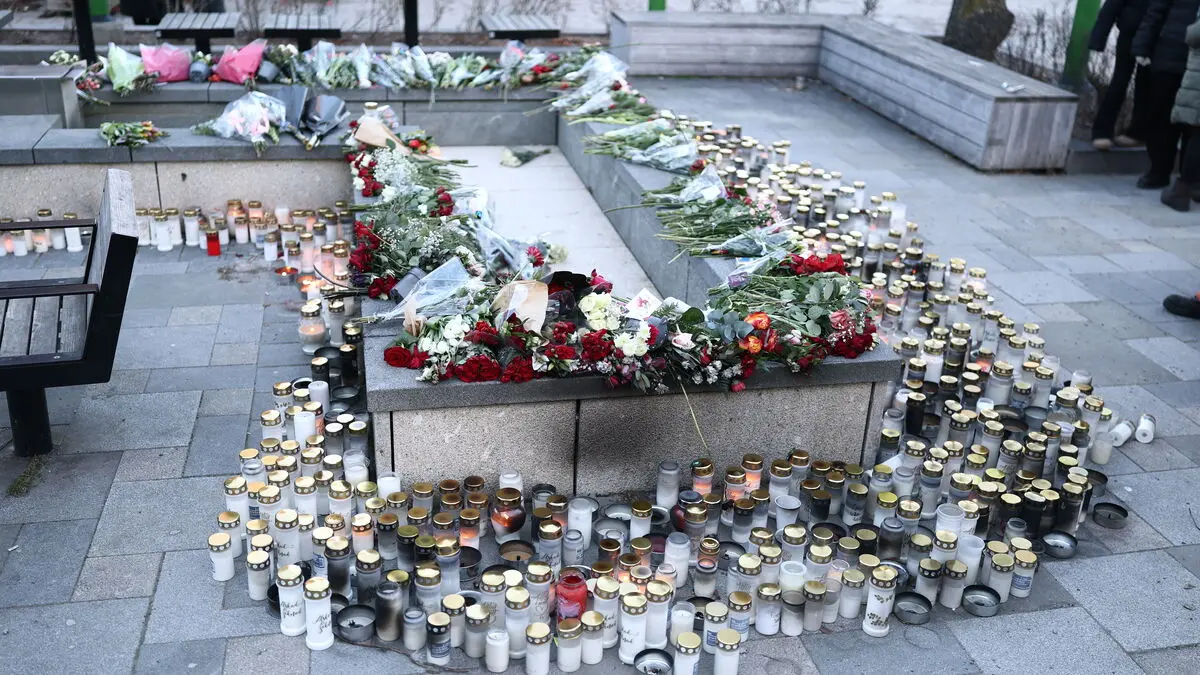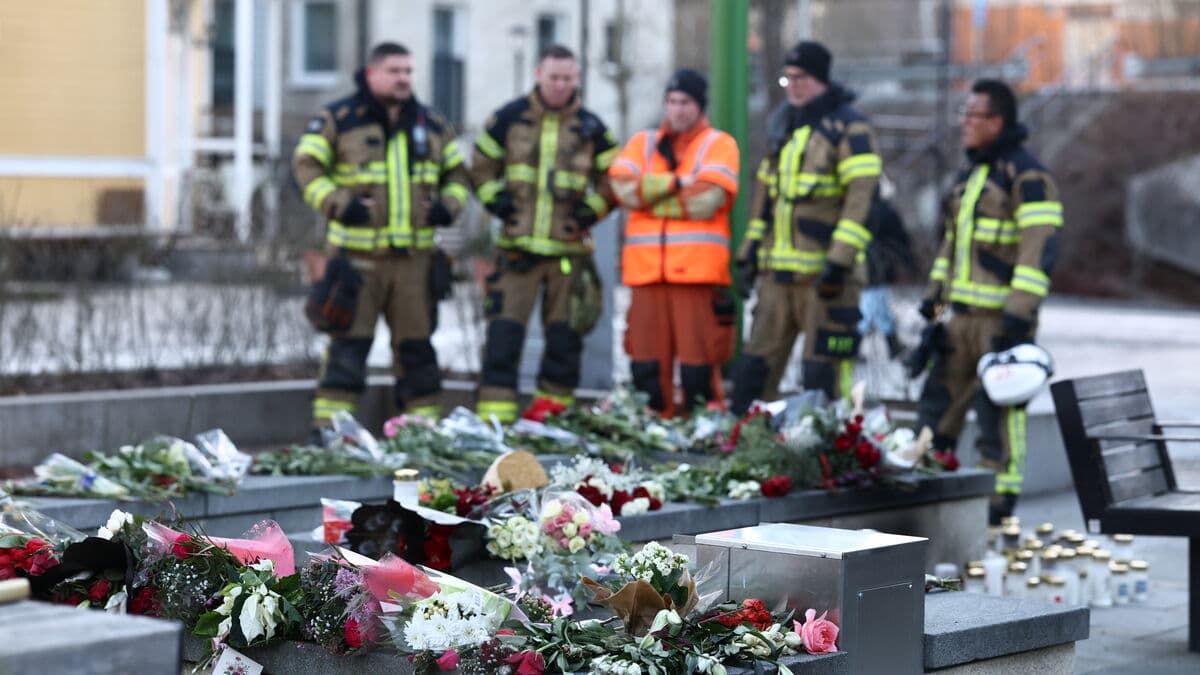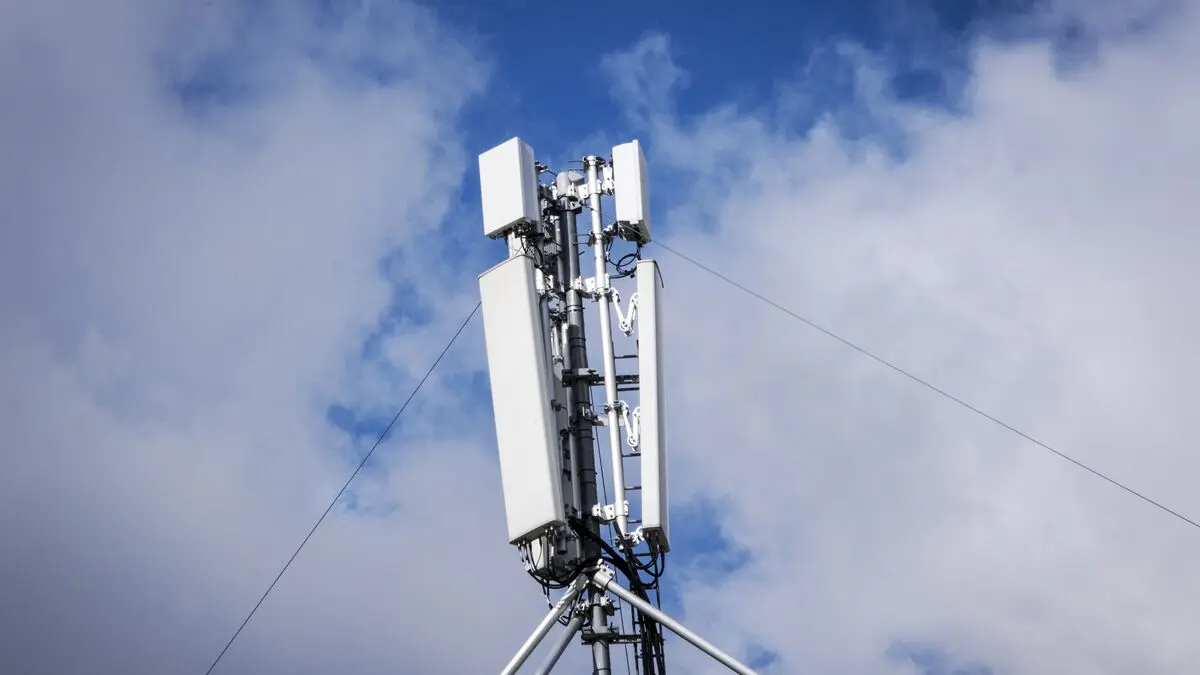The government's total defense proposal outlines the direction for the military and civilian defense for the next five to ten years.
Much of it is about ensuring that the decisions on strengthening made in 2020 are actually implemented. And about ensuring that the army, as well as the navy and air force, have sufficient ammunition, robots, spare parts, and other supplies to be able to fight for a longer period.
There are major deficiencies on the ground combat side, says Jonson.
He emphasizes that it is urgent to increase the war units' capabilities and thinks that the strengthening is progressing too slowly. According to him, the capability is strengthened fastest by acquiring basic equipment such as ammunition.
A renovation
Jonson compares investments to a "renovation" of a property, which is not visible from the outside but is crucial for the house to function.
As early as 2020, it was decided that the core of the army in 2030 would be four brigades. Today, one is fully complete. The fact that Sweden has donated a large number of combat vehicles 90 and Leopard tanks has not made things easier.
In 2020, it was also decided that the core of the navy would be seven corvettes and five submarines, and that the air force would consist of six fighter divisions. This still applies. Despite Russia having since launched a large-scale war against Ukraine.
However, the proposal makes new investments in air defense in the army and in cannons and electronic warfare capabilities against drones. It is also important that the navy's seven corvettes are equipped with air defense, but that was decided already in 2020.
Can be adjusted
Will we get an air defense that can protect the entire country by 2030?
It's probably not possible for any country to defend its entire territory. You have to focus on population centers, critical infrastructure, or war units, says Jonson.
He adds, however, that Sweden will be part of NATO's integrated air defense.
Jonson points out that the proposal not only focuses on implementing old strengthening decisions but also looks ahead.
Investments are being made in new technology and innovation, in drones and patrol robots, in long-range robots and artillery, in Swedish military satellites, modern radar and sensor systems, and in digitizing the defense's communication and command systems.
The Minister of Defense adds that the planned strengthening may need to be adjusted as early as next year, after NATO has completed its assessment of Sweden's military capabilities in the fall of 2025.
The war organization is being expanded from 88,000 to 115,000 positions by 2030
Four army brigades will be complete by 2030
12,000 conscripts will be trained annually from 2035 at the latest
Personnel investment for the navy
Procurement of supplies such as ammunition and spare parts
Procurement of drones and patrol robots
Purchase of longer-range weapons – cruise missiles, sea-target missiles, coastal robots, and artillery
Investment in digitizing the defense's communication and command systems
Modernization of radar and other sensor systems
Investment in military capability in space, such as Swedish military satellites
Source: The Ministry of Defense's press conference
2024
Military defense: 125 billion kronor
Civilian defense: 6.5 billion kronor
2030
Military defense: 186 billion kronor
Civilian defense: 15 billion kronor
Note: In current prices
Source: The budget proposal for 2025





